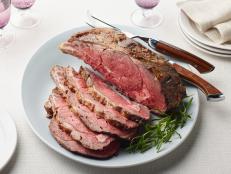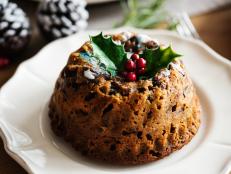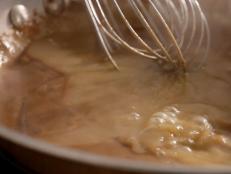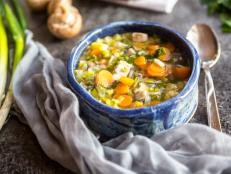What Cut of Steak Is Prime Rib?
Here’s what to ask for at the butcher counter.
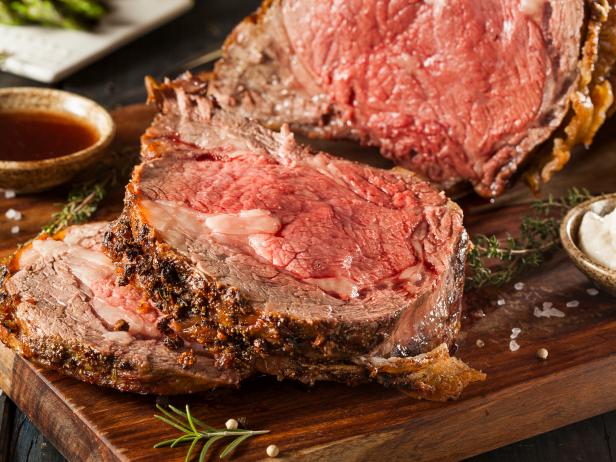
bhofack2/Getty Images
There’s nothing quite like serving up a gorgeous prime rib at your holiday dinner. The giant cut of meat is not only impressive but also guaranteed to be devoured by your guests. When you’re prepping and shopping for prime rib, you might be wondering, "what cut of steak is prime rib?" Don’t worry, that’s a pretty common question! We’ve got you covered below with an answer to that question and more.
What Cut of Steak Is Prime Rib?
When you’re shopping for prime rib, ask for a standing rib roast. That’s the name you’ll see at the butcher counter. The standing rib roast unsurprisingly comes from the rib section of the cow. Cows have thirteen ribs on each side; the first five are called the chuck, the middle seven are the standing rib roast and the very last rib is the loin. A whole standing rib roast can weigh up to twenty-five pounds (a.k.a. it’s huge), so butchers often cut it in half. The two halves are called the first cut and the second cut.
What’s the Best Cut of Prime Rib?
The first cut (sometimes labeled the small end or the loin end) comes from the hind of the standing rib roast near the loin. It’s more expensive and generally regarded as the best cut because it has less connective tissue than the second cut and therefore is more tender. The second cut (sometimes labeled the large end) comes from the front end of the standing rib roast near the chuck. It’s slightly tougher and looks less uniform, but some people prefer it because it’s fattier than the first cut. Slow roast the second cut, and that fat will provide moisture and flavor.
What Is Prime Rib vs Ribeye?
The ribeye muscle is actually part of the first cut of prime rib (ribs ten through twelve). It’s the reason why the first cut looks uniform and contains beautiful, even marbling. Sometimes butcher counters sell it as part of the first cut of prime rib, or sometimes they carve it into individual ribeye steaks (which can be found bone-in or boneless).
Is Prime Rib Prime Grade?
This is a fantastic question. Prime rib’s name is a misnomer because it contains the word "prime." All prime rib is not prime grade steak, the highest rating assigned to steak based on heavy, even marbling (which makes for incredibly tender results). You can buy prime grade prime rib at a premium from high-end butchers. You can also buy choice grade, the second-best grade with less marbling.
How Much Prime Rib Should I Buy?
A safe bet is about one pound of meat per adult (and 1/2 pound per kid).
How to Cook Prime Rib In the Oven
The best prime rib is crisp on the outside and tender and juicy on the inside. Our ideal cooking method is the reverse sear, which is done entirely in the oven. For a full recipe, check out Food Network Kitchen’s recipe The Best Prime Rib, but here’s an overview. For maximum flavor, we suggest seasoning the prime rib in advance and letting it rest in the refrigerator overnight. Then, instead of searing the meat at the beginning, you’ll cook the roast low and slow: place it fat-side up on a rack set in a roasting pan and roast it at 350 degrees F until the center of the meat reaches 120 degrees F. For an eight-pound standing rib roast, this will take about four hours. The low heat dries the surface which allows the high heat to crisp it up nicely. Remove the rib roast from the oven and let it sit for about one hour (the temperature will continue to rise as it sits). Then right before serving, crank up the oven to 500 degrees F and bake that rib roast until the fatty skin turns golden brown. Rest for thirty minutes and serve!
Related Links:
























